At the Intersection of Biomass & Urban Ecology



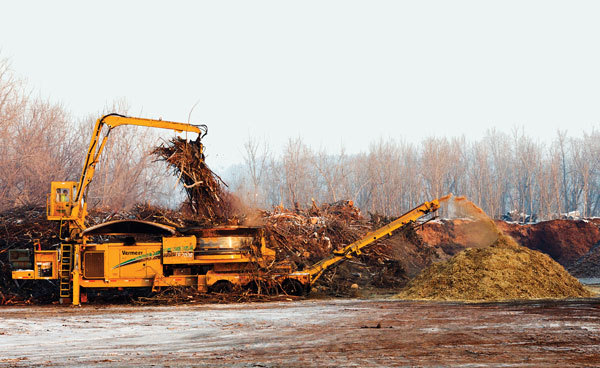
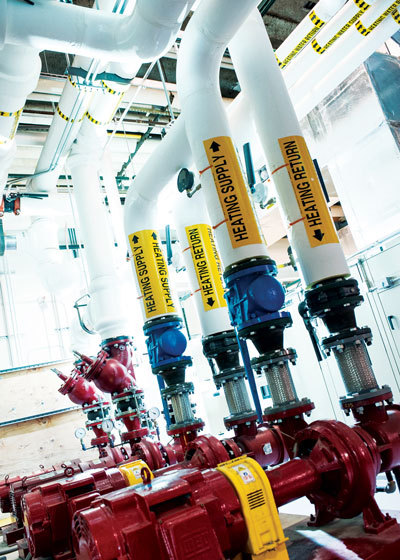
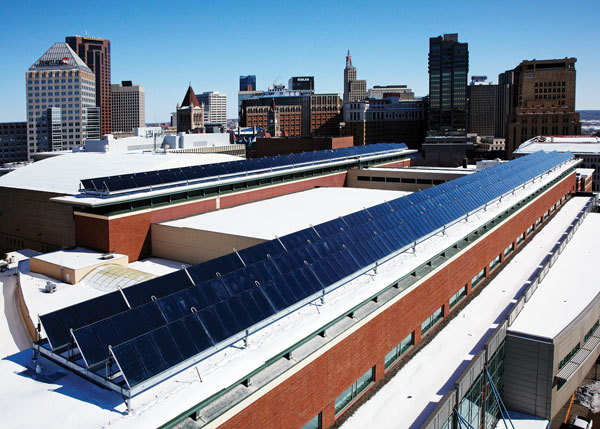
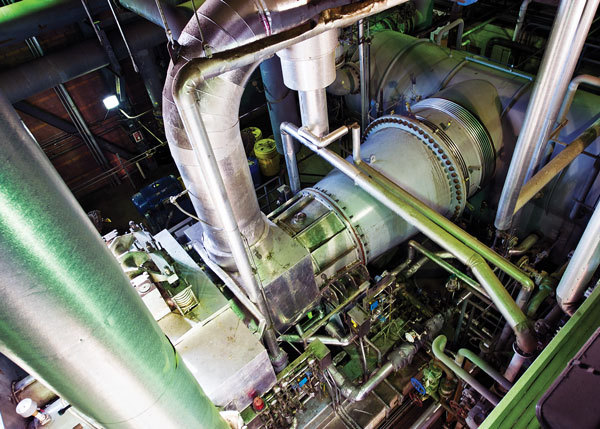








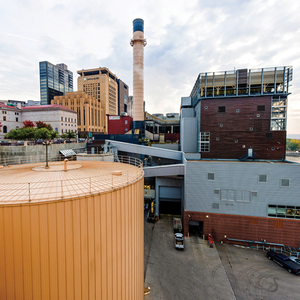
April 10, 2017
BY Ron Kotrba
Advertisement
Advertisement
Related Stories
The U.S. DOE has opened a funding opportunity making up to $25 million available to support clean energy technology deployment on Tribal lands. Projects fueled by biomass, biogas, RNG or renewable hydrogen are among those eligible for the funding.
The International Biomass Conference & Expo was held in Richmond, Virginia, in early March.
FuelCell Energy Inc., announced that its carbonate fuel cell technology will be used in a biogeneration project developed by Ameresco for the Sacramento Area Sewer District (Sacramento Sewer) to convert on-site biofuel into clean electricity.
TEXEL Energy AB, Jord AB partner to produce green electricity from densified fuel made from C4 grass
TEXEL Energy has announced it has signed an agreement with Jord AB to adapt TEXEL's energy production technology to generate electricity from Jord's pellets and briquettes, made from C4 grass.
If you attended the annual International Biomass Conference and Expo in Richmond, Virginia, last month, you were among the first to learn that the Biomass Power Association has changed its name to the American Biomass Energy Association





